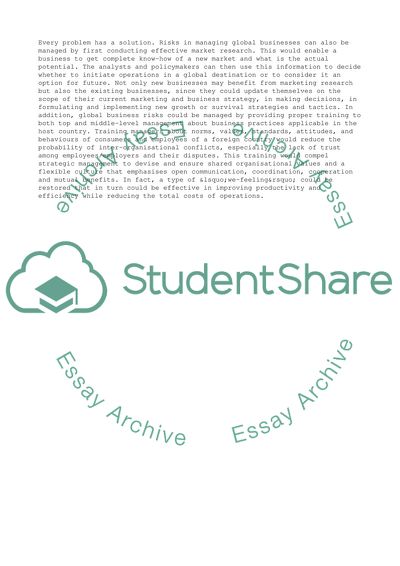Cite this document
(Leadership in Managing a Global Business: the Training and Development Essay, n.d.)
Leadership in Managing a Global Business: the Training and Development Essay. Retrieved from https://studentshare.org/business/1736338-effectiveness-in-the-global-organisation
Leadership in Managing a Global Business: the Training and Development Essay. Retrieved from https://studentshare.org/business/1736338-effectiveness-in-the-global-organisation
(Leadership in Managing a Global Business: The Training and Development Essay)
Leadership in Managing a Global Business: The Training and Development Essay. https://studentshare.org/business/1736338-effectiveness-in-the-global-organisation.
Leadership in Managing a Global Business: The Training and Development Essay. https://studentshare.org/business/1736338-effectiveness-in-the-global-organisation.
“Leadership in Managing a Global Business: The Training and Development Essay”, n.d. https://studentshare.org/business/1736338-effectiveness-in-the-global-organisation.


